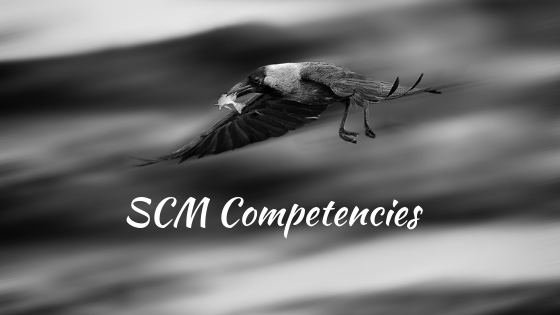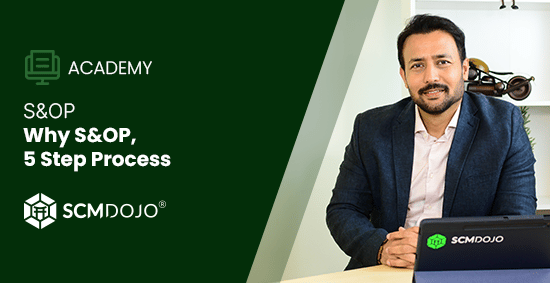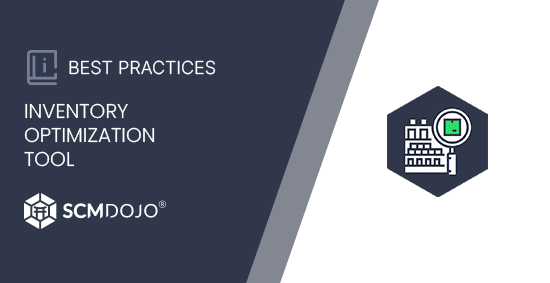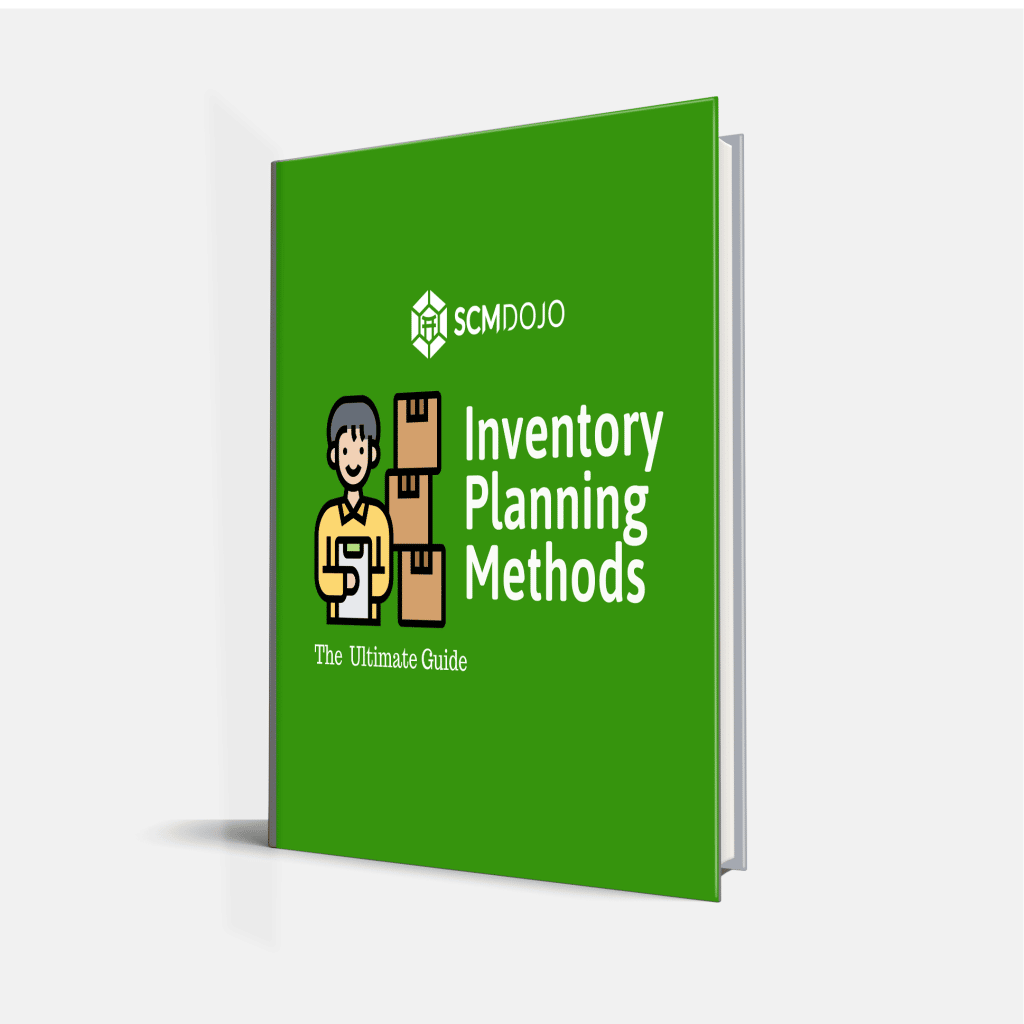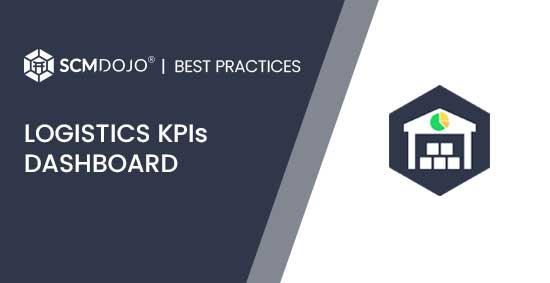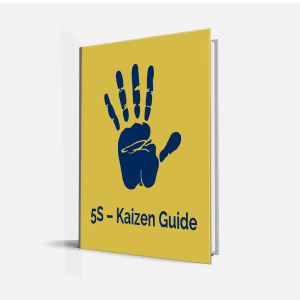The underlying Supply Chain technical competencies are skills, knowledge and characteristics that support effective performance as Supply Chain professional. Given the global Supply Chain demands, Supply Chain professionals should never stop developing new skills and enhancing existing ones.
Here are 8 core supply chain competencies that Supply Chain professionals need to master and continually improve (in no particular order!).
8 Technical Supply Chain Competencies
1. Capacity Planning
Assuring that needed resources (e.g., manufacturing capacity, distribution centre capacity, vehicles, etc.) will be available at the right time and place to meet logistics and supply chain needs. In other words, capacity planning focuses on determining the appropriate production levels the company can complete.
This also includes capacity planning with suppliers at all manufacturing cells and also critical machine/equipment; this also includes overall Equipment Effectiveness (OEE) and Sales Inventory & Operations Planning (SIOP).
You Should Watch 5 Things to Consider When Doing Capacity Planning for S&OP, to learn more about Capacity Planning
2. Demand Management
Demand management is the process of determining what customers will purchase and when, in other words predicting demand. Good demand management uses qualitative and quantitative methods to use customer data to reduce uncertainty, and predict short-term incoming demand for use as input into the Sales, Inventory, & Operations Planning (SIOP) process.
To learn In-depth about How to Run an S&OP Process – Benefits, Process Steps & Overcome Barriers, take our course as SCMDOJO Member.
The competency includes using high analytical techniques, excel spreadsheets and maybe software to generate baseline statistical forecasts. In my view demand management is one of the most important Supply Chain competencies.
You can use this Demand Forecast Guide to take your Demand Management Skills to the next level.
3. Order Processing
Out of all supply chain competencies, Order Processing is the most underrated competency. Order processing entails the system that an organisation has for getting orders from customers, checking the status of orders, communicating with customers about them, and actually filling the order and making it available for customers. In some businesses, it also includes processes until invoicing.
Part of the order processing includes checking inventory status, customer credit and accounts receivable in some businesses. Because the order processing cycle is a key area of customer interface with the organisation, it can have a big impact on a customer’s perception of service and, therefore, satisfaction (Shapiro, B.P. et. al. 1992).
The knowledge and skills are necessary to manage the receipt and scheduling of customer orders. Processes included in this competency include standard order receipt, exception identification, and exceptional resolution. Key to the success of this function are 1) the ability to work effectively with customers to clarify requirements and negotiate solutions when constraints exist, and 2) the ability to work effectively with other company functions to assess the ability to meet customer needs and to develop workaround solutions when necessary.
4. Master Production Scheduling
The Master Production Scheduling is a statement of the anticipated manufacturing schedule for selected items by quantity per planning period (Fogarty and Hoffman 1983; Higgins and Tierney 1990). It is a response to the forecast demand described by the production plan and the actual demand in terms of received customers’ orders.
This supply chain competency also includes the evaluation of plant capacity effectively, attaining the strategic objectives of the business as reflected in the production plan.
Unlike a forecast of demand, the master schedule represents a management commitment, authorizing the procurement, manufacturing, or materials in most cases.
5. Inventory Management & Optimization
Inventory management is the practice to manage inventory as working capital. The key objective of inventory management is to increase corporate profitability through improved inventory activities such as demand planning, inventory optimization, safety stock management, excess and obsolete inventory management or the right inventory levels to meet customer services expectation with a minimum possible inventory.
You can read another practical The Ultimate Guide to Inventory Planning Methods and Excess and Obsolete Inventory Policy Guide – Revised & Updated to get in-depth knowledge of Inventory Management and improve this move competency.
Lastly, you should try Inventory Optimization Tool in Excel
Output You Will Get from Inventory Optimization Tool:
- The total cost of goods sold
- Current inventory had
- Planned Safety stock value
- Inventory Turns
- Days on Hand
- Current on-hand inventory (in $ value & % to total) grouped in coverage of months of stock available
- Inventory optimization proposals (A. Stock to stock with new safety stock levels; B. Stock to non-stock; C. Non-stock to non-stock; D. Non-stock to Stock with new SS levels)
- Current on-hand inventory profile in terms of (A. Usable inventory; B. Excess inventory; C. Obsolete Inventory)
You can find also refer to 18 Targeted Inventory Reduction Strategies for Supply Chain Professionals
6. Materials Replenishment Planning
SAP has defined this competency very well as,
“the main function of material requirements planning is to guarantee material availability, that is, it is used to procure or produce the requirement quantities on time both for internal purposes and for sales and distribution. This process involves the monitoring of stocks and, in particular, the automatic creation of procurement proposals for purchasing and production.
In doing so, material requirements planning tries to strike the best balance possible between
- Optimizing the service level and
- Minimizing costs and capital lockup.
The material requirements planning process needs all the information on stocks, stock reservations, and stocks on order to calculate quantities, and also needs information on lead times and procurement times to calculate dates. The material requirements planning defines a suitable MRP and lot-sizing procedure for each material to determine procurement proposals“.
This supply chain competency includes the ability to take the Master Production Schedule replenishment quantities and “explode” quantities through the bill of materials to create component requirements, which are compared against on-hand and on-order and forecast. Purchasing or manufacturing orders are subsequently planned and either placed or deferred by pull in or push out messages.
To Improve this competency, I have developed an inventory planning pack, where you can find all the tips, tricks and theories on how to manage materials replenishment and Excess and Obsolete inventory.
7. Logistics, Warehousing and Distribution
One of the key supply chain competence is to manage physical flow of goods, which mean the knowledge and skills necessary to effectively manage logistics communication, warehouse and storage management, material handling and distribution of goods (including reverse logistics).
This includes activities like Goods-in (receiving), put-a-way to stores, picking, packing, shipping and managing return goods from the customer. The competency includes the knowledge and understanding of the above-mentioned activities, creating the right processes as well as effective application. You should refer to blog 5 Basics Warehouse Activities You Should Focus to Improve to understand more details.
Furthermore, you should use this Self-Assessment type Warehouse Audit Tool. This warehouse audit tool enables you to identify areas for improvement.
We have developed a comprehensive Logistics KPIs Dashboard which explains in detail 6 Logistics KPIs Attributes That is Essential for any business that is shipping physical products.
8. Knowledge of Continuous Improvement Processes or Methods
As the name suggests, knowledge of the processes or methods that seek to improve performance, which assumes more and smaller incremental improvement steps. In general learning and implementing the best known of these are the aforementioned: lean manufacturing (JIT), Six Sigma, Lean Six Sigma, and Agile.
Bu learning these philosophies, it is not the rate of improvement which is important, it is the momentum of improvement in the area you want to improve.
If you are looking for Six Sigma Project Examples, you can find here. And refer to this 5S Kaizen Guide (shown below) to Eliminate the clutter with Sort, arrange with Straighten, sparkle with Shine, create a proper guideline with Standardize, and inspire with Sustain.
Final Thoughts on Supply Chain Technical Competencies:
Those are the eight most essential Supply Chain competencies I believe. Each of them has definitely given my career a huge technical edge. I hope some of them are helpful for you too.
Which competency is your favorite of the above?
Or do you want to add any more technical competencies I have missed?
You might want to reflect above supply chain skills and design awesome custom resume
If you want these articles in your inbox please subscribe below.
Reference:
Benson P. Shapiro, V.K.Rangan. and J.J. Svioka, “Staple Yourself an Prder, “Harvard Business Review 70, no. 4 (July – Aug. 1992), pp. 113-22.
Recommended Supply Chain Guides to Improve Your Supply Chain Skills.
-
Excess and Obsolete Inventory Policy Guide
-
5S – Kaizen Guide: Organizing the Workplace for Flow
-
Stocktaking: The Ultimate Guide (Stocktaking Procedure)
-
Materials Management Competencies Assessment
-
Six Sigma Project Examples to Get You Certified
About the Author- Dr Muddassir Ahmed
Dr MuddassirAhmed is the Founder & CEO of SCMDOJO. He is a global speaker, vlogger and supply chain industry expert with 17 years of experience in the Manufacturing Industry in the UK, Europe, the Middle East and South East Asia in various Supply Chain leadership roles. Dr. Muddassir has received a PhD in Management Science from Lancaster University Management School. Muddassir is a Six Sigma black belt and founded the leading supply chain platform SCMDOJO to enable supply chain professionals and teams to thrive by providing best-in-class knowledge content, tools and access to experts.
You can follow him on LinkedIn, Facebook, Twitter or Instagram

